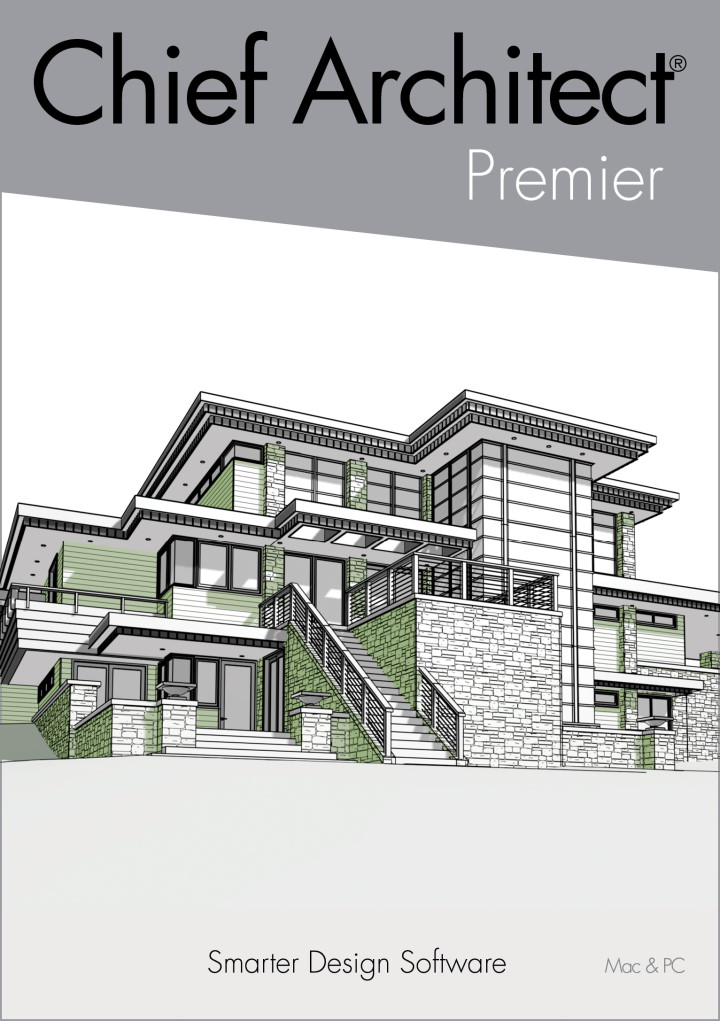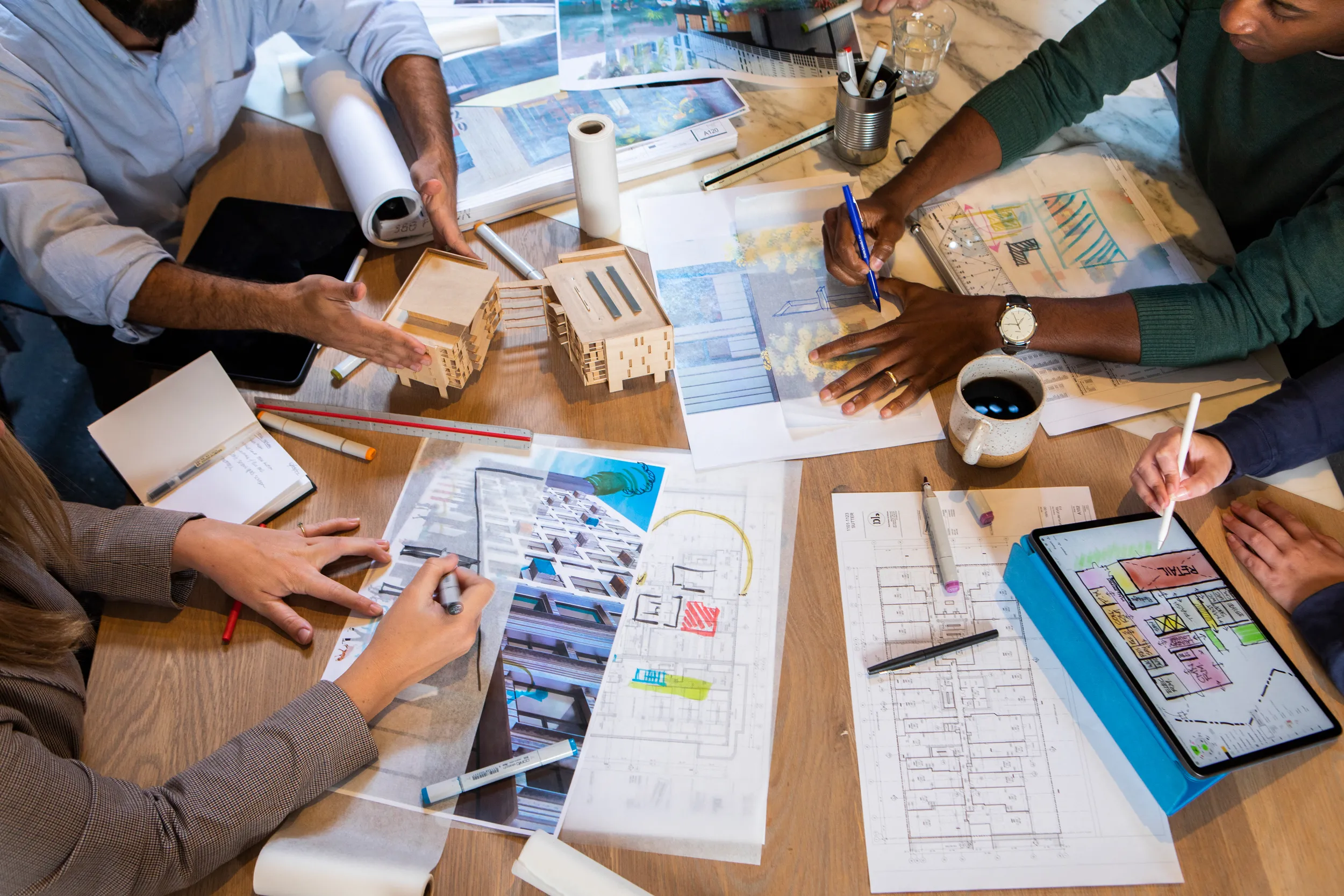The Duty of Sustainability and Modern Technology in Modern Architect Practices
Sustainability and technology are reshaping contemporary architecture in means you may not anticipate. By embracing environmentally friendly materials and clever advancements, designers are not just developing buildings; they're crafting settings that enhance our quality of life. This change isn't nearly looks or performance; it's about developing an accountable strategy to our earth's future. What's driving this transformation, and how can these changes impact your neighborhood?
The Importance of Sustainable Design
Lasting architecture is necessary not just for the atmosphere however additionally for enhancing our high quality of life. You're not just decreasing your carbon impact; you're developing rooms that advertise health and well-being when you embrace sustainable style. Envision staying in a home that harnesses natural light, improves air high quality, and reduces energy prices. You'll feel extra comfy and connected to nature.
Furthermore, sustainable architecture frequently results in stronger areas. When structures are created with eco-friendly techniques, they can motivate others to do the same, fostering a society of sustainability. You'll discover boosted residential or commercial property values and a greater sense of pride in your surroundings.
Last but not least, by focusing on sustainability, you're spending in the future. You're guaranteeing that future generations enjoy a much healthier world and dynamic neighborhoods. When you consider your next task, think concerning exactly how sustainable style can raise your life and those around you.
Innovative Products Transforming Structure Practices
As you explore cutting-edge materials in design, you'll locate that naturally degradable construction products are reshaping exactly how we consider sustainability. Recycled content technologies are giving brand-new life to waste, while smart product technologies improve constructing performance. These innovations not only advertise eco-friendliness but likewise press the limits of design.
Biodegradable Construction Materials
While traditional building materials frequently add to ecological deterioration, eco-friendly construction materials are becoming a feasible alternative that transforms building techniques. You can discover options like hempcrete, mycelium, and bamboo, which not only lower waste but also promote sustainability. These materials damage down normally at the end of their lifecycle, lessening garbage dump payments. By integrating eco-friendly options into your designs, you're not just improving visual allure; you're additionally making a favorable impact on the planet. Plus, they often need much less power to generate, better decreasing your task's carbon impact. As you adjust to these cutting-edge products, you'll locate that they supply resilience and versatility, enabling you to create structures that align with modern-day worths of sustainability and duty.
Recycled Content Technologies
In recent times, innovative products with high recycled material have actually reinvented structure methods, providing architects amazing brand-new choices - Architect. You can now include products like recycled steel, which not just reduces waste but additionally flaunts impressive toughness. Recycled glass is an additional fantastic selection, providing visual allure while minimizing ecological impact

Smart Material Technologies
Smart product technologies are improving the means you think of building techniques, supplying dynamic remedies that adjust to changing conditions. These ingenious products, such as self-healing concrete and thermochromic glass, improve building performance and sustainability. When damaged-- these improvements are no much longer simply concepts, picture structures that can change to temperature changes or fix themselves. By integrating clever materials, you can develop energy-efficient layouts that reply to their environment, minimizing general energy usage. The ability to adjust and monitor in real-time streamlines upkeep and extends the lifespan of structures. As you welcome these modern technologies, you're not just innovating; you're adding to a more sustainable future in architecture, combining functionality with ecological duty.
The Combination of Smart Technologies in Design
As innovation progresses, integrating smart services into building style ends up being vital for developing sustainable and efficient spaces. You can incorporate wise technologies like constructing monitoring systems, which enhance power use and enhance owner convenience. Sensing units can check ecological problems, changing illumination and temperature instantly based upon real-time data. This flexibility not just enhances customer experience but also reduces energy intake.
Including Web of Points (IoT) gadgets permits smooth interaction amongst different building systems, allowing you to make data-driven choices that boost performance. Smart materials that reply to environmental adjustments can better improve your style, providing dynamic solutions to ever-changing conditions.
Power Performance and Renewable Resource Solutions
While lots of engineers concentrate on appearances, prioritizing energy effectiveness and renewable resource options is important for lasting style. You can begin by integrating passive solar design, which optimizes natural light and warm, decreasing dependence on artificial lighting and furnace. Use high-performance insulation and energy-efficient windows to reduce energy loss.
Don't forget renewable resource systems-- set up photovoltaic panels or wind turbines to generate tidy power on-site. You can also think about integrating geothermal home heating and cooling systems for a more sustainable temperature level law.
By picking energy-efficient devices and lights, you'll not just decrease energy intake however also lower functional expenses for developing passengers.
Incorporating these concepts right into your styles not only benefits the environment however additionally boosts the structure's appeal and worth. Ultimately, your dedication to energy effectiveness and renewable resource will certainly establish your tasks apart in an open market.
Water Preservation Methods in Modern Style
Integrating water conservation approaches into contemporary architecture is essential for developing lasting buildings that decrease ecological impact. You can achieve this by integrating rainwater harvesting systems, which store and collect rainfall for watering and non-potable usages. Carrying out low-flow fixtures and wise irrigation systems also lowers water intake, making sure reliable usage throughout the structure.
Consider utilizing drought-resistant landscaping, which needs much less water and promotes biodiversity. Incorporating absorptive paving products enables rain to penetrate the ground, reducing runoff and charging groundwater supplies.
Additionally, setting up greywater recycling systems can repurpose water from sinks and showers for bathroom flushing or watering, further saving sources.
The Influence of Biophilic Design on Wellness
Biophilic layout brings nature inside your home, and you'll discover its favorable results on your wellness and joy. By improving indoor air high quality and attaching you with natural environments, these rooms can change your daily experience. Allow's discover how incorporating these functions can improve your overall wellness.
Nature's Impact on Wellness
When you integrate elements of nature into your environments, it can significantly boost your mental and physical health and wellness. Biophilic style, which stresses natural light, plants, and natural materials, fosters a sense of connection to the outdoors. Welcoming biophilic layout is a step toward a healthier way of life.
Enhancing Indoor Air Top Quality
While numerous individuals concentrate on appearances and functionality in web link design, boosting indoor air quality plays an important role in your general well-being. Poor air top quality can lead to health and wellness problems like headaches, exhaustion, and breathing problems. By including biophilic layout elements, you can enhance air top quality normally. Plants, for example, not only beautify your area but likewise filter contaminants and raise oxygen degrees. Making use of products with reduced unstable natural substances (VOCs) even more contributes to a healthier interior atmosphere. In addition, making best use of all-natural ventilation helps in reducing indoor contaminants. Prioritizing these aspects in your layout will certainly not only boost your space but also advertise a sense of calm and health. Ultimately, an emphasis on air top quality is crucial for a healthy and lasting living atmosphere.
Link With Natural Elements
When Going Here you connect with natural aspects in your area, you not only enhance its aesthetic allure but also greatly enhance your well-being. Biophilic layout encourages you to include attributes like plants, natural light, and natural products. These aspects create a calming ambience, decreasing anxiety and anxiety.
Future Fads in Lasting Building Practices
As the globe encounters pushing environmental difficulties, engineers are progressively accepting cutting-edge strategies to sustainability that redefine just how we layout and construct. You'll see a rise in biophilic layout, incorporating nature right into city rooms to boost health and reduce energy consumption. Smart technologies, like AI and IoT, are improving energy management in buildings, optimizing resource use, and minimizing waste.
Moreover, modular construction is gaining grip, enabling much faster, extra reliable structure processes while decreasing environmental influence. The use of lasting products, such as reclaimed timber and recycled steels, is coming to be conventional practice. As you discover these trends, anticipate a change toward round layout, highlighting the lifecycle of materials and advertising reuse and recycling.
These forward-thinking approaches not just address environmental concerns yet also produce healthier, more resistant neighborhoods. By staying educated regarding these trends, you can aid shape a lasting future in style.
Frequently Asked Inquiries
Exactly How Can Sustainability Affect Project Budgets and prices?
Sustainability can significantly influence project prices and budget plans. You might locate that initial financial investments in eco-friendly materials or technologies cause long-term savings through power effectiveness, lowered waste, and prospective federal government rewards, inevitably balancing the total costs.
What Certifications Exist for Lasting Architecture?
You'll discover numerous certifications for lasting style, including LEED, BREEAM, and the Living Building Obstacle. These certifications assist you show your commitment to sustainability and can improve your task's integrity and appeal to clients.
Just How Does Local Culture Impact Lasting Layout?
Local culture forms lasting layout by reflecting neighborhood worths, practices, and materials. You'll locate that incorporating local appearances and practices not only respects heritage but likewise enhances the functionality and acceptance of your architectural projects.
What Role Does Client Education Play in Sustainable Practices?
Client education's vital for advertising lasting methods. When you notify clients regarding benefits, costs, and ecological influences, you equip them to make enlightened choices, cultivating a collaborative approach that improves the task's total sustainability.

Just How Can Architects Measure the Success of Sustainability Efforts?
You can determine the success of sustainability campaigns by tracking power consumption, reviewing material effectiveness, and event comments from customers. Normal audits and contrasts versus benchmarks will help you refine your methods and showcase enhancements successfully.
By incorporating clever products, you can develop energy-efficient layouts that react to their setting, lowering total power usage.While many engineers concentrate on appearances, prioritizing energy efficiency and renewable energy solutions is important for lasting design. Biophilic layout, which emphasizes all-natural light, plants, and natural read the full info here products, promotes a sense of connection to the outdoors. Biophilic design urges you to include functions like plants, natural light, and organic products. As you explore these trends, anticipate a change toward circular style, emphasizing the lifecycle of products and advertising reuse and recycling.